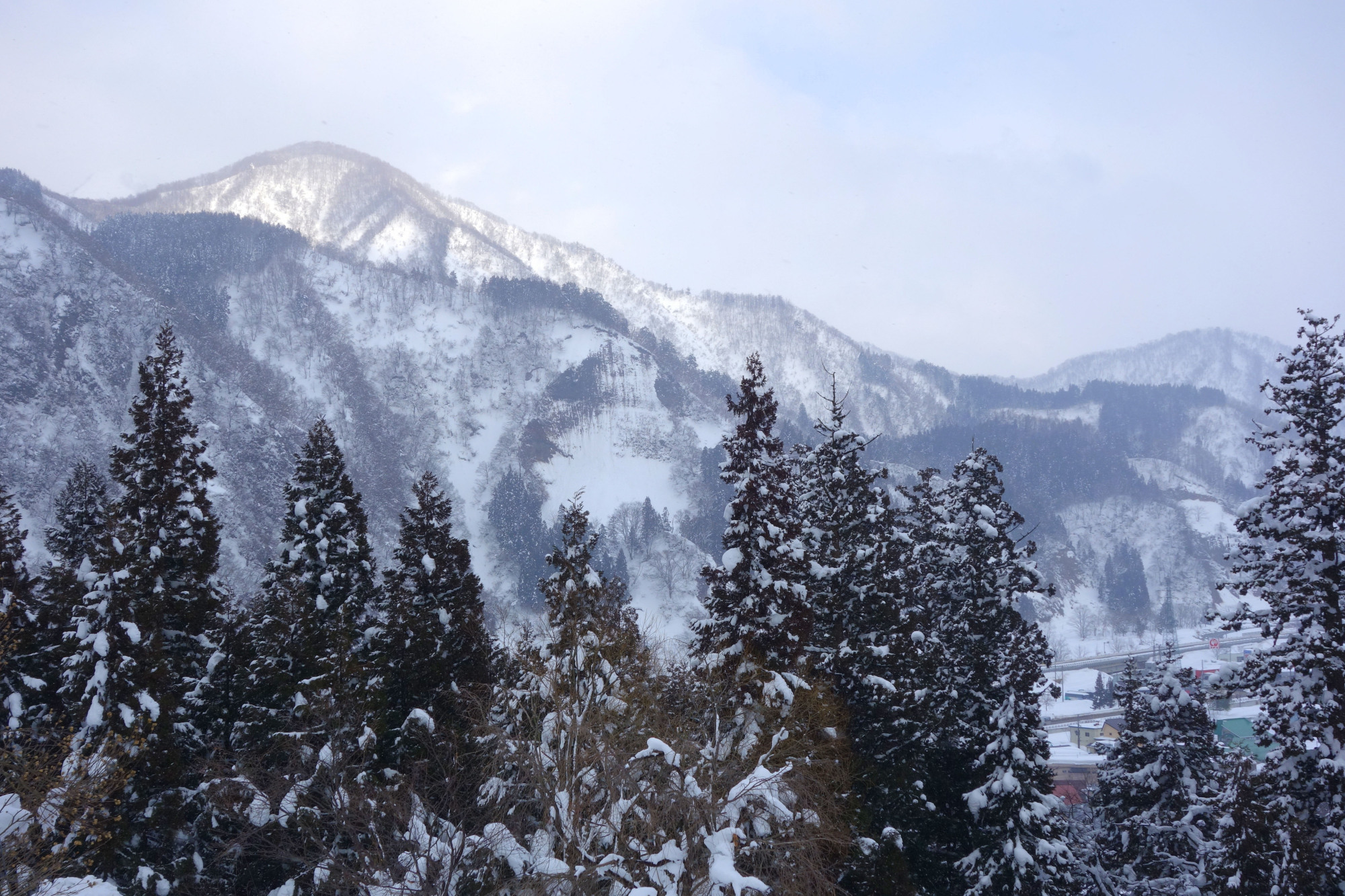Opening with one of the most famous lines in Japanese literature — "Emerging from the long border tunnel, they entered snow country," shifting us at speed from the darkness of the tunnel into the bright light of the snow — Yasunari Kawabata's novel "Snow Country" tells of a city-dwelling, worldly aesthete Shimamura who travels to an onsen (hot springs) retreat in winter and resumes his casual affair with Komako, a beautiful young "mountain geisha," a rustic panderer to male desire.
What most people assume the novel to be about is the evocation of a quintessentially Japanese world, cut off by that long tunnel from the rapidly modernizing and Westernized world of the cities, a throwback to older, slower times and distinctively Japanese sensibilities.
What they perhaps do not realize about "Snow Country" — and what is key to appreciating the novel — is that it was in fact Kawabata's radical attempt to apply the techniques of modernist, post-cubist Western painting to a Japanese literary canvas.



















With your current subscription plan you can comment on stories. However, before writing your first comment, please create a display name in the Profile section of your subscriber account page.